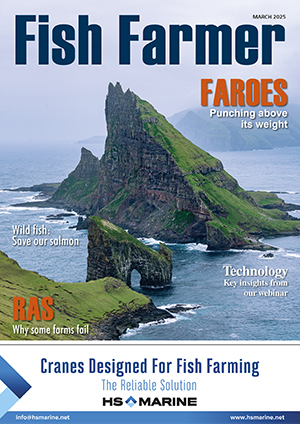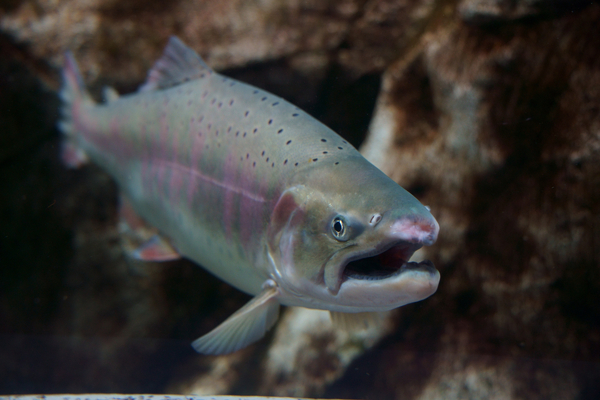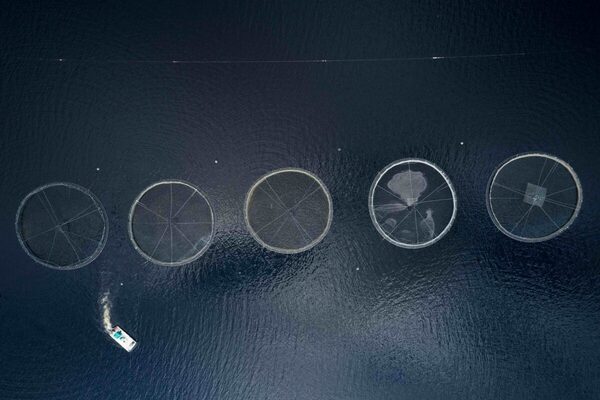Mowi: Global growth
Mowi CEO Ivan Vindheim normally displays little emotion when delivering company reports, but he was clearly happy as he presented the final trading update for 2024.
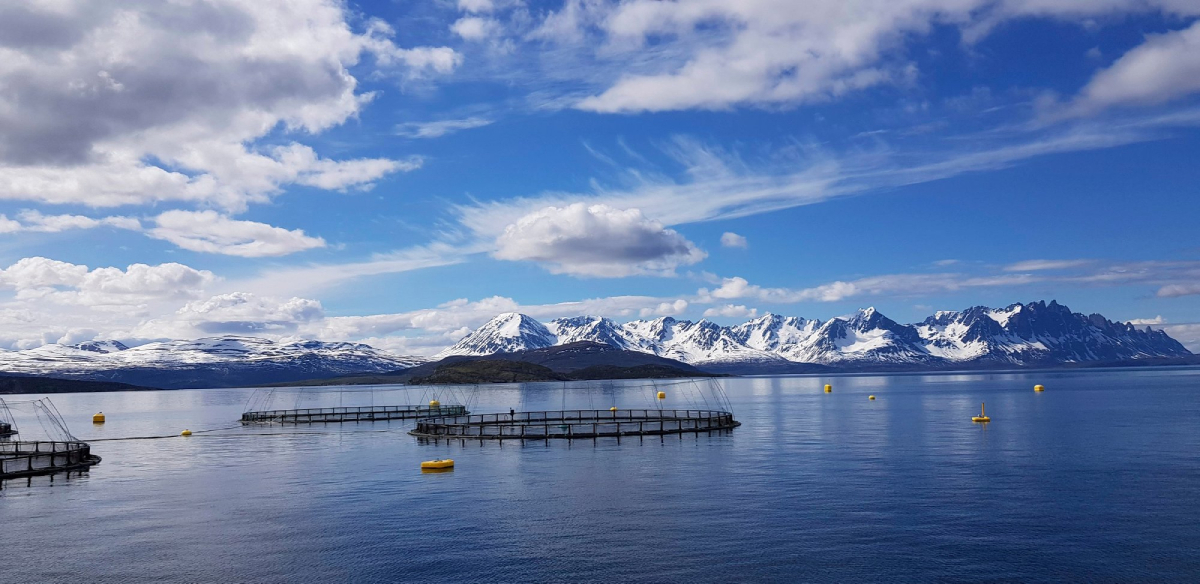
And it was easy to see why – the presentation for Q4 includes record turnover, sky high profits and the successful capture of one of Norway’s best run private salmon companies.
Even the escape of 27,000 fully mature salmon worth up to £1.5m from a facility in Troms that weekend didn’t put a dampener on the occasion.
Vindheim was upbeat not just because Mowi had completed a very successful year – it was what lies ahead that also put a smile on his face.
Despite economic and political uncertainties surrounding the industry, he felt sure the future is looking brighter.
Salmon consumption is rising in many parts of the world and costs, particularly those around feed, are starting to come down.
The other plus is that domestic inflation, which governs how much people have to spend, is starting to steady after three difficult years. The world ate a lot of Atlantic salmon last year – almost €20bn (£16.6bn) worth.
Mowi’s share of that figure was €5.6bn (£4.7bn) – more than a quarter of the global take.
Market expectations for 2025 are on a roll, with an expectation of higher salmon prices, recovering demand and modest supply growth. The signs were already there in the run-up to Christmas.
“In the fourth quarter of 2024 consumption growth of 5% exceeded supply growth of 3% on strong demand developments during the quarter and a distinct Christmas demand effect,” says his report.
We know that salmon prices were weak for at least six months over summer and autumn last year, but overall the estimated global blended price declined marginally by just 1% on a global supply increase of 1%.
Vindheim believes: “Market expectations for 2025 are favourable with an expectation of higher salmon prices on recovering demand and modest supply growth.
“In the fourth quarter, consumption growth of 5% exceeded supply growth of 3% on positive demand developments during the quarter coupled with a distinct Christmas demand effect.
“This led to higher prices in all markets during the quarter and also into 2025 on a tighter supply-demand balance. Strong volume growth to Asia stood out in the quarter, facilitated by good growth in sea and high availability of large-sized salmon.”
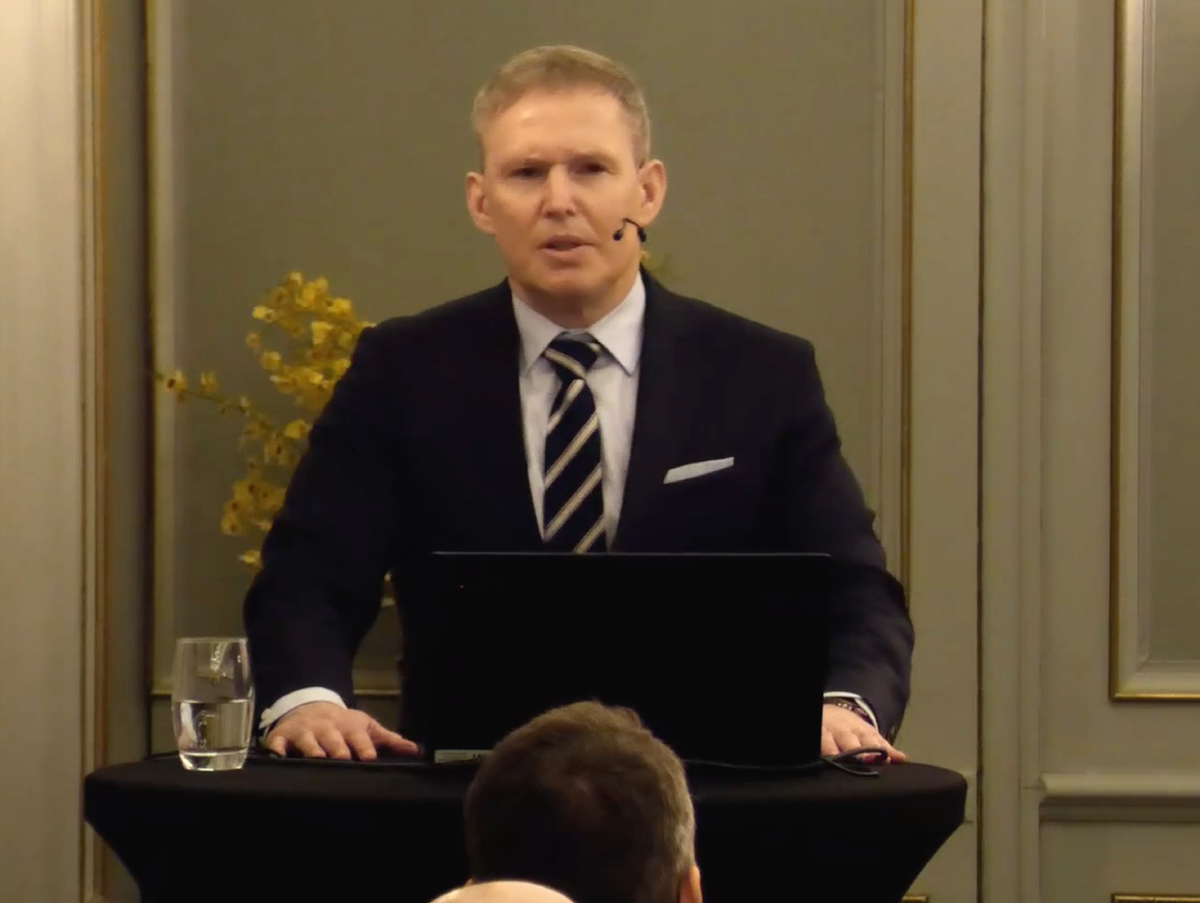
Global growth
The global harvest of Atlantic salmon amounted to 717,300 tonnes in final three months of 2024, equivalent to a growth of 3%. Mowi’s share was 133,500 tonnes – or 20% of world output.
Not every country in which Mowi operates produced a similar performance. In Chile, harvest volumes decreased by 5% compared to 2023, mostly due to phasing of harvest volumes.
Nevertheless, the biological performance in Chile continued to be good, and estimated standing biomass at the end of December was 7% higher year-over-year which supports future growth.
North America (mostly Canada), where final quarter harvest volumes decreased by 17%, remains a problem even though it was expected.
Mowi says: “Seasonal environmental conditions in Canada West continued to be a challenge during the quarter, whilst production in Canada East continued to improve and remains supportive of future growth.”
President Trump’s stance on tariffs continues to create uncertainty in the salmon world. Mowi says the situation is fluid but it is difficult to see how this will play out, including in other countries.
“Mowi will therefore continuously monitor any developments and will be prepared to redistribute our volumes from our seven origins with respect to prevailing trade policies at any given time,” Vindheim said.
Despite various biological issues, Q4 harvest volumes in Norway increased by 6% compared with the same period last year, which was slightly above guidance.
Despite good production in sea, harvest weights for the industry were lower than expected, due to advanced harvesting early in the quarter. Generally improved biological KPIs (key performance indicators) in sea resulted in improved production and harvesting.
Favourable sea conditions in addition to solid feeding rates contributed to 5% higher biomass at year end. However, the number of fish making up the biomass was only 1% higher year-on-year.
There is no doubt that Scotland came top of the class last year where harvest volumes increased by as much as 59% in Q4 compared with Q4 2023.
Once the problem child of the group in biological terms, volume growth in Scotland was driven by improved conditions, improved fish welfare and higher survival rates than in the same quarter last year.
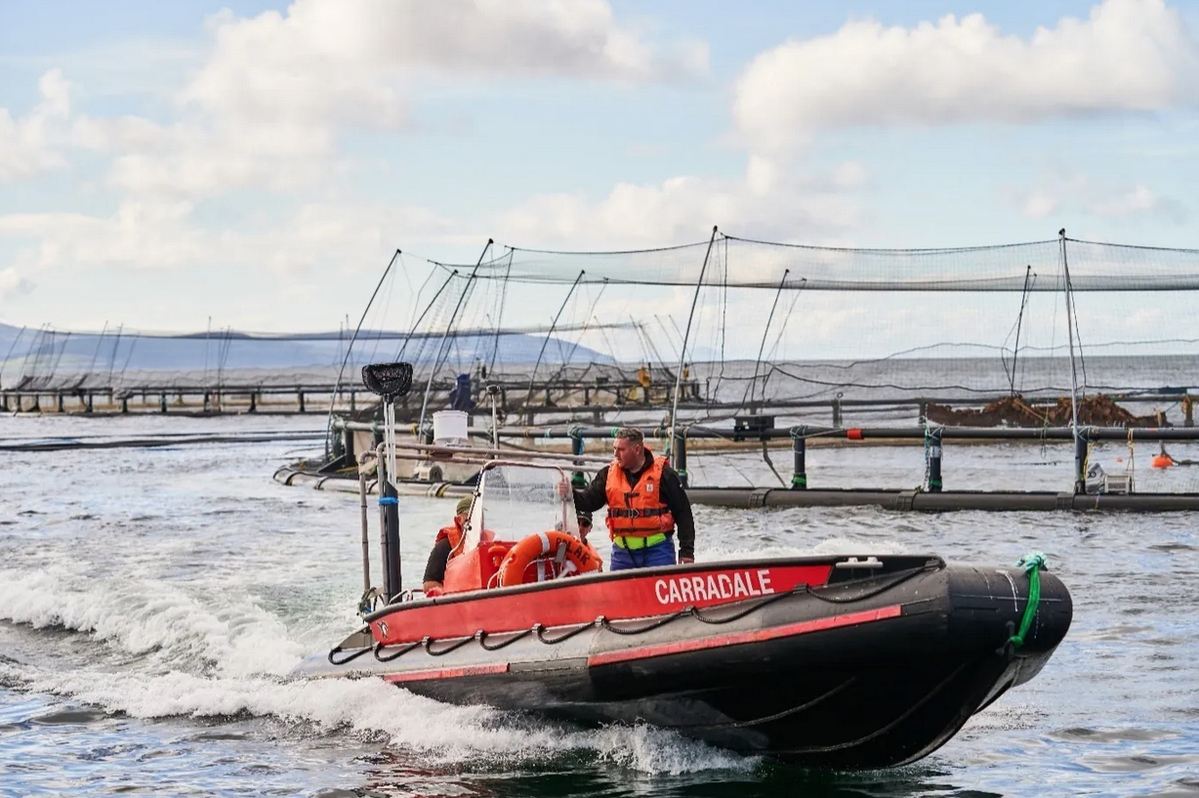
Consumers are buying again
More importantly, consumption is rising again in many parts of the word. In Europe, it was up by 4% in the three months to Christmas – a very positive indicator.
Looking ahead Mowi says: “Demand trends in key European markets remained strong, supported by positive developments in retail, driven by the natural fresh category.
“Strong seasonal demand leading up to Christmas boosted market activity and drove consumer demand during the quarter.
“The food service sector saw some higher activity in key European markets during the quarter, indicating some rebound from the downturn caused by the increased cost of living.
“US consumption decreased by 2% compared with the same quarter last year, mainly related to less volume availability from Chile and Canada, whilst imported salmon from Europe gained pace.
“While the US market lags somewhat behind Europe in terms of demand recovery, the retail channel experienced volume growth. The fresh pre-packed category continued to drive the volume increase, and this trend continued to be supported by Mowi’s 13% growth in skin-packed products during the quarter.”
Asia is back on track, says Mowi, with consumption demonstrating significant growth during the quarter, increasing by 19% compared to the same period last year.
“The growth was primarily driven by more availability of the preferred larger-sized salmon, which aligned with strong demand in the food service segment.
“All key markets in the region showed positive consumption trends, underscoring stronger demand trends for salmon in the Asian markets being postponed into 2025.
“Production-wise the fourth quarter was good in Faroes. In Chile, harvest volumes decreased by 5% compared to the same period last year due to phasing of harvest volumes.”
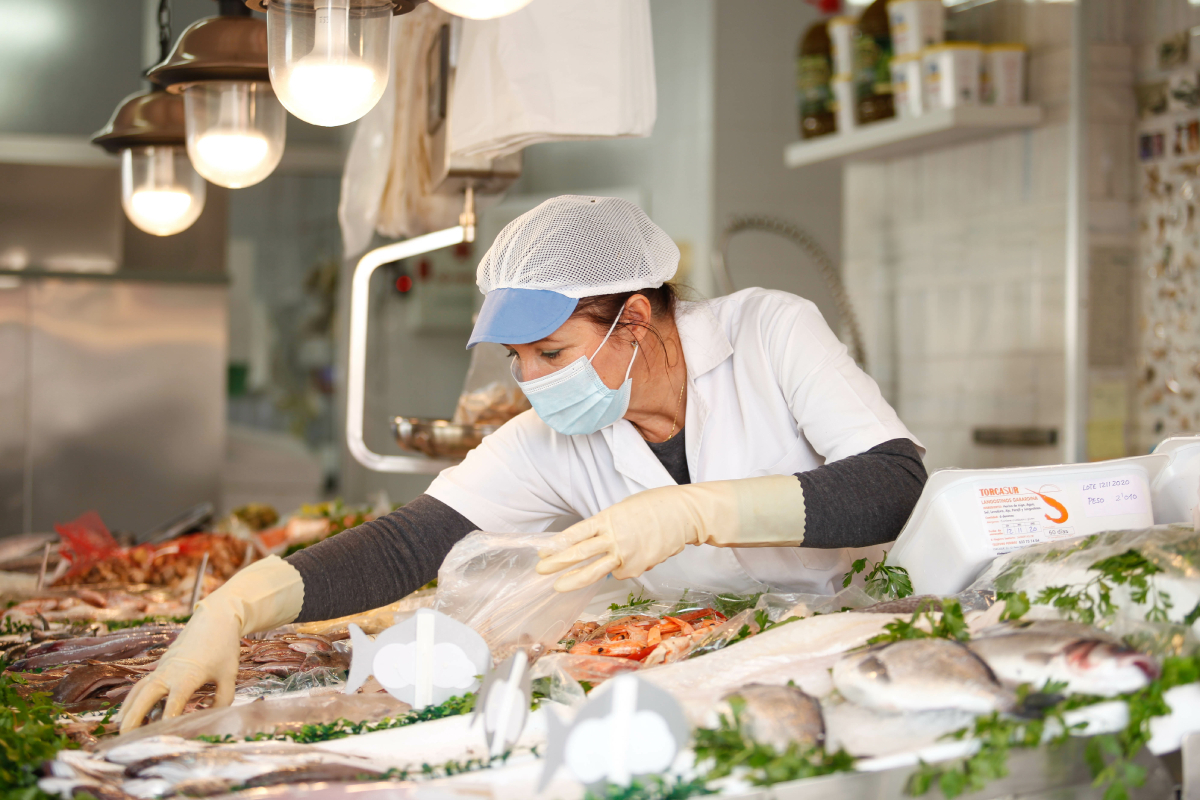
Nova Sea joins the team
Mowi will be able to add another 50,000 tonnes of salmon to its portfolio once the purchase of Nova Sea is approved.
Nova Sea is a frontrunner in the Norwegian aquaculture industry and is known for its excellent biological performance and industry-leading margins.
Mowi says: “Over 50 years, the company and the Olaisen family have invested in the organisation and developed it into an impressive, fully integrated operation. It is therefore with great pleasure that we are now, after 30 years, combining our operations.
“The integration is expected to yield significant synergies, including improved capacity utilisation by leveraging the location portfolio in Region North and by further strengthening biological performance through investments aimed at improving fish health.”
Preliminary synergy estimates are in the region of NOK 400m (£28.6m) on an annual basis.
Scotland: Mowi’s new broodstock facility
Mowi says the construction of its permanent broodstock operation at Ardessie in Scotland is well underway and it expects operations to commence in the third quarter of 2025.
The facility will ensure that Mowi Scotland is 100% self-sufficient with high quality eggs of the Mowi strain.
The state-of-the-art facility is designed to allow light and water temperature control using recirculating aquaculture systems (RAS) technology. It will feature three different egg incubation RAS units with each one held at a different temperature to extend the period of egg supply. This will ensure that eggs can be stocked throughout the year to the production hatcheries.

